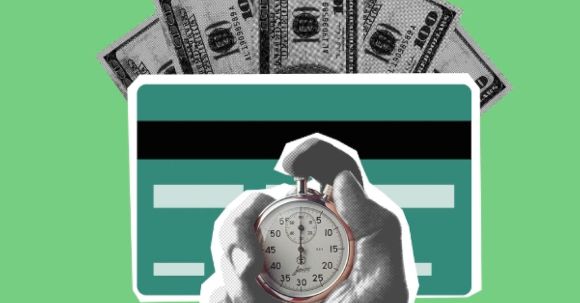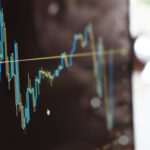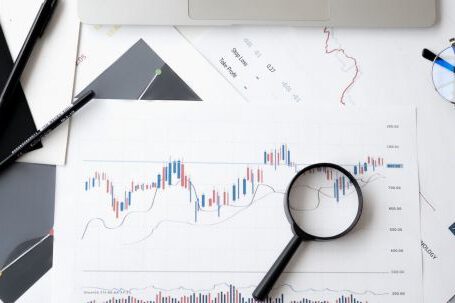In the fast-paced world of trading, timing is everything. Making the right decisions at the right time can mean the difference between success and failure. Fortunately, there are a variety of tools available to help traders improve their trade timing and increase their chances of making profitable trades. In this article, we will explore some of these tools and how they can be used effectively.
1. Candlestick Charts: A Window into Price Action
Candlestick charts are a popular tool used by traders to analyze price action. These charts provide valuable information about the market sentiment and can help traders determine the best time to enter or exit a trade. By studying the patterns and formations on a candlestick chart, traders can gain insights into market trends and make more informed trading decisions.
2. Moving Averages: Identifying Trends
Moving averages are another useful tool for improving trade timing. By smoothing out price data over a specific period of time, moving averages help traders identify trends and potential entry or exit points. Traders can use different types of moving averages, such as simple moving averages or exponential moving averages, depending on their trading strategy and timeframe.
3. Oscillators: Gauging Overbought and Oversold Conditions
Oscillators are technical indicators that help traders gauge overbought and oversold conditions in the market. These indicators provide valuable insights into market momentum and can help traders identify potential reversals or trend continuations. Popular oscillators include the Relative Strength Index (RSI) and the Stochastic Oscillator.
4. Economic Calendar: Planning Ahead
An economic calendar is an essential tool for traders who want to improve their trade timing. By staying informed about upcoming economic events and announcements, traders can anticipate market volatility and plan their trades accordingly. A well-planned trading strategy that takes into account economic events can help traders avoid unnecessary risks and maximize their profit potential.
5. Order Flow Tools: Analyzing Market Depth
Order flow tools provide valuable insights into market depth and can help traders make more informed trading decisions. These tools show the buying and selling pressure at different price levels, allowing traders to gauge market sentiment and identify potential support and resistance levels. By analyzing order flow data, traders can improve their trade timing and increase their chances of making profitable trades.
6. Trading Journals: Learning from Past Trades
Keeping a trading journal is an often overlooked but essential tool for improving trade timing. By documenting past trades and analyzing their outcomes, traders can identify patterns and learn from their mistakes. A trading journal helps traders understand their strengths and weaknesses and allows them to refine their trading strategies over time.
7. Backtesting: Testing Strategies in Real-Time
Backtesting is a valuable tool for traders who want to improve their trade timing. By testing trading strategies on historical data, traders can assess the performance of their strategies and make necessary adjustments. Backtesting allows traders to see how their strategies would have performed in real-time and helps them gain confidence in their trading decisions.
In conclusion, improving trade timing is crucial for traders who want to increase their chances of making profitable trades. By utilizing tools such as candlestick charts, moving averages, oscillators, economic calendars, order flow tools, trading journals, and backtesting, traders can enhance their trade timing skills and make more informed trading decisions. It is important for traders to experiment with different tools and find the ones that work best for their trading style and goals. With practice and dedication, traders can improve their trade timing and achieve greater success in the markets.





